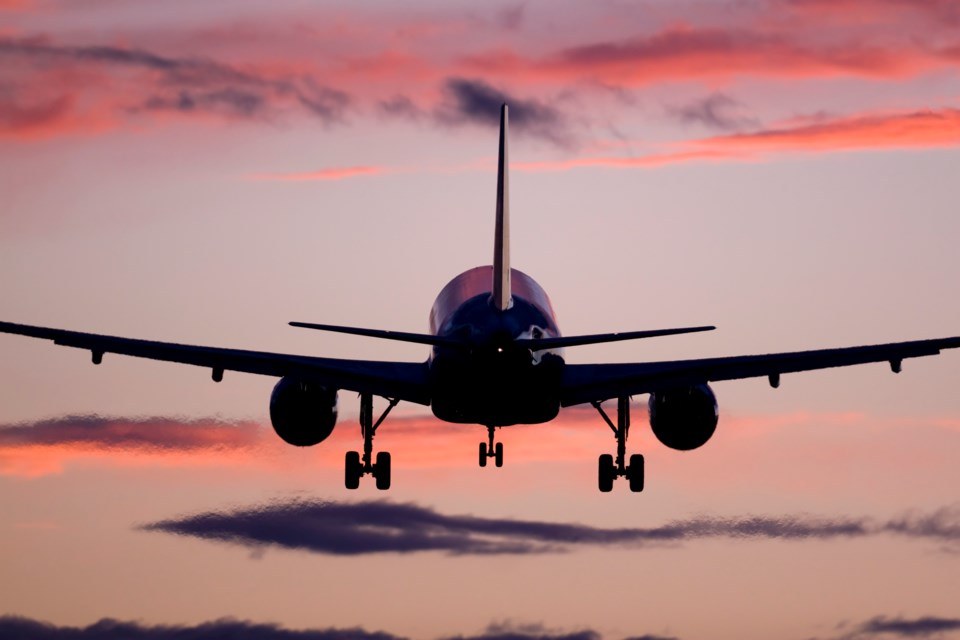The long airport queues making headlines across the country aren’t the only proof that travellers are returning to Canadian destinations with extra enthusiasm this summer.
In a recent economic outlook report authored by RBC economist Claire Fan, the economist noted that passenger traffic at Canadian airports was, as of May, still running 30 per cent below 2019 levels. “But our own tracking of debit and credit card transactions points to a surge in trip bookings, with purchases of flights and hotels (which often predate actual travel activity) booming back above pre-pandemic levels by mid-March,” she wrote.
The issue? Like airlines and airport security, the tourism industry is struggling to keep staffing levels high enough to meet that pent-up demand.
As demand for travel continues to power through the “inflationary pressures” currently impacting the economy, according to Fan, “the biggest concern for Canada’s travel businesses may well be supply: amid a historic labour crunch, the sector is still down 177,000 workers.”
One factor fuelling the skyrocketing number of travellers is the savings many Canadians managed to stockpile during the pandemic, when the ability to spend money on leisure or hospitality services was restricted.
According to the RBC report, households across the country accumulated a collective $300 billion in savings. “Put in context, that’s three times what Canadians spent annually on tourism prior to the pandemic,” Fan wrote, noting that those savings have been disproportionately concentrated among higher-income households that tend to spend more on discretionary purchases like travel.
Statistics released by provincial tourism agency Destination BC show the province welcomed 143,771 International visitors in March of this year. That’s down 58.6 per cent from the same month in 2019, but represents a massive, 1,392.8-per-cent increase from March 2021, when pandemic restrictions were still in effect.
This week, Destination BC also listed the province’s average daily occupancy rate as 76 per cent. That’s up 38 points from 2021, but down 4 points from 2019.
Tough labour shortages have been putting pressure on a wide variety of industries as of late, but the report pegged employment for travel-related industries in particular at 177,000 short of pre-pandemic levels, as of March.
According to Fan’s calculations, there were 80 per cent more hospitality and tourism job postings listed in Canada in April than there were prior to the COVID-19 pandemic. “And with the unemployment rate at its lowest level (5.2 per cent) on record since at least 1976, there simply is not a large pool of unemployed workers to hire from anymore,” she added. That’s partly because “A sizeable share of workers in ‘higher-contact’ industries that were the most restricted during pandemic lockdowns,”—like tourism—“have switched to other lower-contact (and often higher-paid) industries.”
The good news for many Whistler employees is that the strong demand for tourism workers will likely accelerate wage growth across the industry. Though Canada’s labour market has yet to experience those changes for the most part, leisure and hospitality sector wages south of the border have surged 11 per cent over the last year, according to the report.
Though the ongoing labour shortage has the potential to increase prices across the tourism industry in the coming months, prices for travel services have yet to recover fully, the report stated. They have, however, “been growing at a faster rate recently—led by a recovery in airfares.”
International air travel to Canada—the kind of visitor we know generally contributes most to Whistler’s economy—is rebounding at a slightly slower rate than travel within Canada, the report said.
The same goes for business travel, even as the resort has begun welcoming large groups back to the Whistler Conference Centre.
“Prior to the pandemic, around 10 per cent of trips made by Canadian residents were business related,” Fan said. With the rise of virtual meetings and events, some of these trips may never come back, she added.
“International trips made for businesses purposes in Q4 2021 were just over half of levels in the same quarter in 2019.
"That is not to say these areas of travel will stay weak forever. With the spread of COVID-19 and related health concerns both easing further, more countries will open up, allowing travellers with ample spending power to enter and deploy their savings.”




